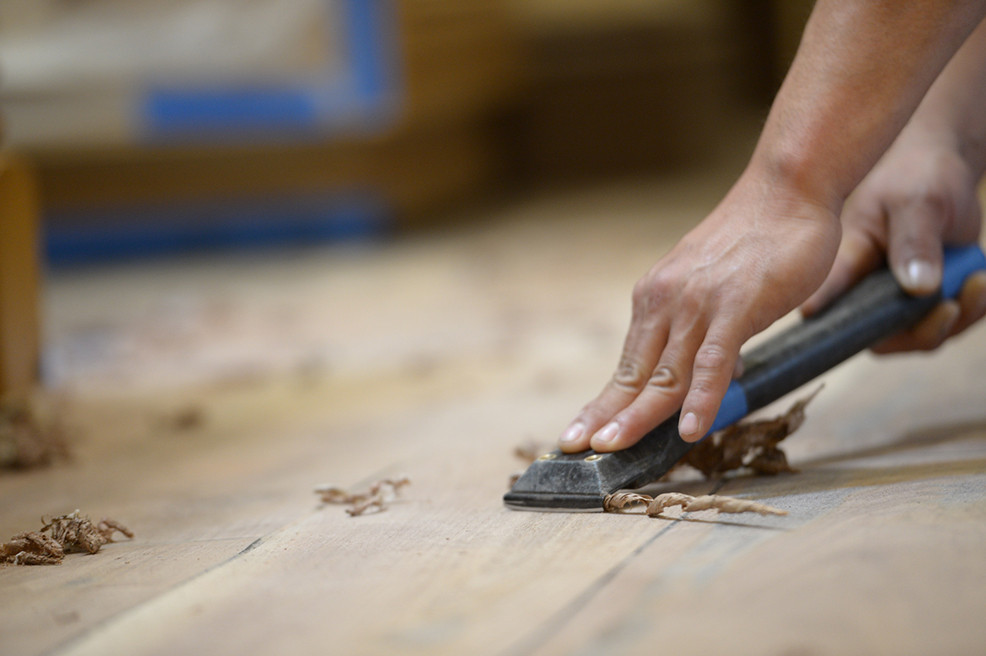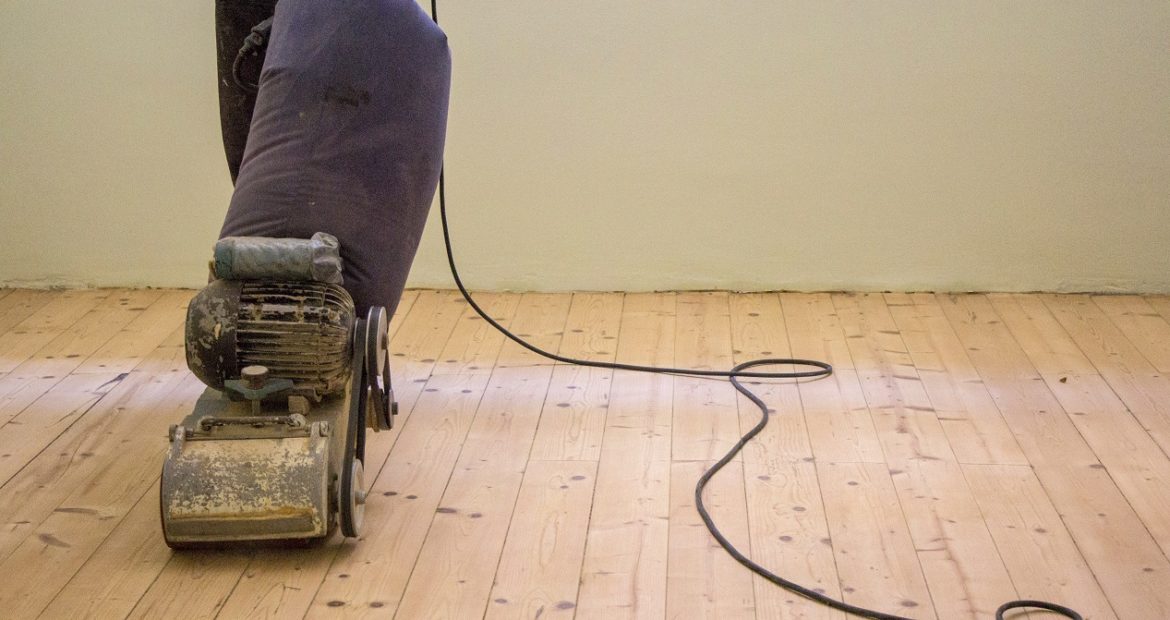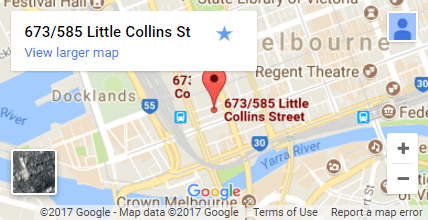Dust-free sanding equipment is an essential part of any workshop. Without a dust extractor, or some other form of vacuum system, you’ll find yourself breathing in a lot more airborne debris than you would like. A good quality dust mask will protect your skin from harmful particles and prevent them from getting on your clothes or work surface.
Dust collectors are used to capture the small bits of wood shavings that are generated during Timber floor sanding Melbourne; these can be collected and stored for reuse later on.
A respirator is what we recommend for use with all types of floor sanders – including those with built-in vacuum systems – as it provides protection against harmful chemicals such as caustics (such as sodium hydroxide), which could burn through unprotected skin if not handled properly!
Why Use a Dust-Free System?
Reduces dust and particles
Dust-free systems are designed to reduce the amount of airborne dust that comes in contact with your timber flooring. This means less mess, less damage to health, and less damage to the environment. Dust-free systems also have a number of other benefits including:
- Less risk of injury or infection from inhaling harmful particles
- A more comfortable working environment for workers who need protection from airborne particles (such as those with asthma or allergies)

Timber Types and Which to Use
You should use the right type of timber for your sanding project.
Hardwood timbers are harder than softwood timbers, which makes them ideal for floor sanding applications. Hardwood is also more resistant to wear and tear, meaning that it can last longer than softer woods such as pine or fir. Hardwoods have a rough texture that allows them to absorb more dust when sanded down, making them ideal for smoothing hard surfaces like concrete floors or tile worktops.
Softwood timbers are slightly less durable than hardwoods but still offer good protection against wear and tear over time if you take care not to damage them during use. They tend to produce a finer finish than some other types so they may not be suitable if you need something stronger such as an oak floor since this will affect how well your wood finishes up after being sanded down usingeshine products
Supplies and Materials for a Timber Floor Sanding
Here’s a look at what you’ll need to get started:
- A dust-free floor sander.
- A vacuum cleaner/cleaning machine.
- Some type of mask (like a respirator). If you don’t have one, go ahead and use one of your old clothes or something else that covers your face properly—but make sure it fits snugly! This is important because the dust will get into your lungs if not filtered out. You could also use an older pair of glasses instead; just remember that those won’t protect against other harmful substances like chemicals or airborne particles from sanding tools themselves.
The dust-free system makes for easy timber floor sanding. The dust-free system is a great idea if you want to get the best results from your timber floors. It’s important to use a proper plan, however, so that you can maximize your results. Just make sure to choose the expert Timber floor sanding Melbourne company.


